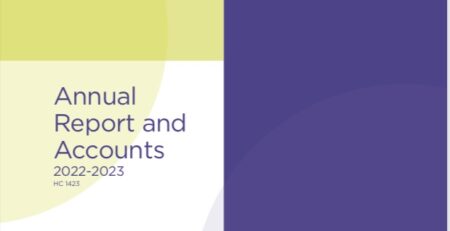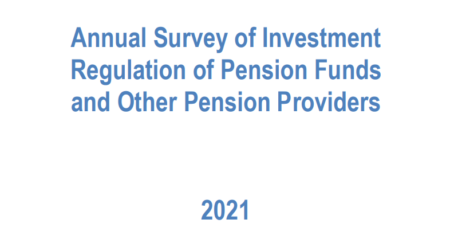Financial Regulations for Improving Financial Inclusion
By Stijn Claessens & Liliana Rojas-Suarez –
As recently as 2011, only 42 percent of adult Kenyans had a financial account of any kind; by 2014, according to the Global Findex database (World Bank 2015), that number had risen to 75 percent, including 63 percent of the poorest two-fifths. In Sub-Saharan Africa as a whole, the share of adults with financial accounts, either a traditional bank account or a mobile account, rose by nearly half over the same period. Many countries in other developing regions have also recorded gains, if less dramatic ones, in access to the basic financial services that most people in richer countries take for granted. Much of this progress is being facilitated by the digital revolution of recent decades, which has led to the emergence of new financial services and new delivery channels.
Whereas payment services often are the entry point into using formal financial services, they are not the only financial services being delivered at far lower cost and more widely in recent years. Indeed, driven by advances in new digital payment services, smallscale credit is starting to be provided in several developing countries, and many providers are experimenting with new modes for delivering various insurance services. Digital (payment) records are being used to make decisions about provision of credit to small businesses or individuals who do not have traditional collateral or credit history to secure loans. Additionally, affordable mobile systems have led to the provision of new and innovative financial services, which would not be economically sustainable under the traditional brick-and-mortar model. Examples of those innovations include mobile-based crop microinsurance in Sub-Saharan Africa and pay-as-you-go energy delivery models for off-grid customers in India, Peru, and Tanzania.
Increased access to basic financial services, especially payments services, by larger segments of the currently unbanked population reflects to a large extent the growing use and application of digital/mobile technologies in developing countries (which is leading to major changes in financial services provision in advanced countries as well). Also critical has been the adoption of proper policy and regulation based on country-specific opportunities, needs, and conditions. Kenya and India provide two examples. Kenya’s recent success is partly explained by the restrained approach of its regulators, who preferred to set rules ex post, as services and their providers evolved, rather than impose a strict ex ante regime that might later prove a poor fit.
Continue reading…










